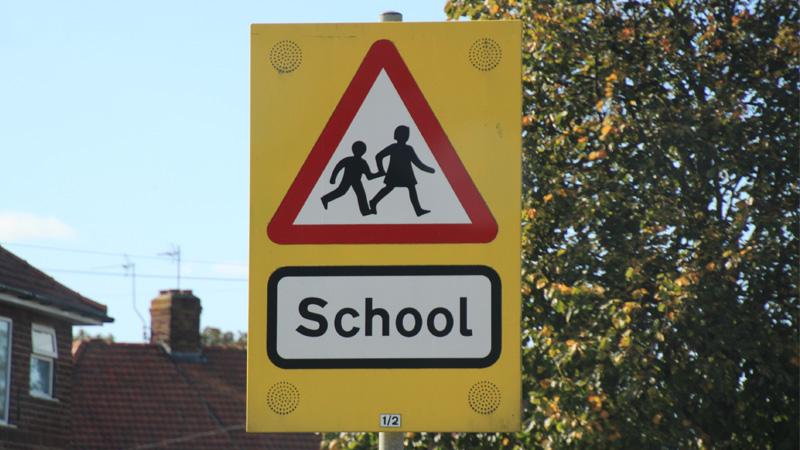Researchers from Westminster’s Active Travel Academy and Transport for Quality of Life conducted research in collaboration with Possible and Mums for Lungs, which found that a rollout of ‘School Streets’ would reduce exposure to air pollution and road danger for 1.25 million primary and secondary students in the four areas studied.

Air pollution in urban areas throughout the UK has a major impact on children’s health, sometimes leading to long-term and even deadly health problems. The UK has a legal requirement to meet air quality limits as soon as possible, however even the legal limit is not enough to protect children’s health.
Researchers from the University of Westminster and Transport for Quality of Life identified ‘School Streets’ as a practical and achievable measure to help reduce exposure to toxic air pollution in children on their journey to school. They assessed the current status and future potential for School Streets in London, Birmingham, Bristol and Leeds. School Streets are areas with restricted traffic during school pick-up and drop-off during term times, therefore making it safer for children to walk, scoot or cycle to school. There are currently around 430 School Street schemes implemented in the four cities, with nearly 400, and a further 50 planned, in London with substantial potential in all four cities for introducing.
Evidence from the report shows that School Streets do not simply displace traffic, but have the potential to reduce it overall through the encouragement of active travel. The researchers estimated the possible impact if School Streets were comprehensively rolled out in the four cities studied, and found that if all feasible schools in these areas had School Streets, peak car trips would be reduced by up to 32 million per year, and car mileage would reduce by over 71 million km per year. It was found that a comprehensive roll-out of School Streets in the four cities would reduce exposure to air pollution and road danger for 1.25 million primary and secondary students travelling to school.
However, the researchers noted that while School Streets can effectively reduce road danger and air pollution outside schools, they have limited wider impact. Therefore, urgent action is needed to implement more ambitious measures, including low traffic neighbourhoods and Clean Air Zones, which have immediate impacts on air quality and traffic across neighbourhoods and the wider cities.
This research was produced within the framework of the Active Travel Academy’s ongoing collaboration with Possible, and was written with key contributions from Rachel Aldred, Professor of Transport, and Asa Thomas, PhD researcher who is studying School Streets from the University of Westminster, and Lisa Hopkinson, Anna Goodman and Lynn Sloman from Transport for Quality of Life. Ersilia Verlinghieri, Senior Research Fellow at the University of Westminster, was also involved in the report writing and analysis of the research.
Asa Thomas, PhD researcher at the University of Westminster, said: “What is so exciting about School Streets is not just what they can do to change a single street or school, but also their potential to reduce congestion across an urban area if adopted at scale. This report is the first attempt to quantify just how extensive those benefits might be and the results are really promising.”
Ersilia Verlinghieri, Senior Research Fellow, added: “School Streets can help us promote that radical transformation we urgently need to address current health and climate emergencies appropriately. We argue that we have favourable conditions to introduce more in many UK cities, which should be done as soon as possible.”
School Streets can help reduce the huge dangers and damages to children's health that a car-based society creates every day. Most importantly, they allow children, families, teachers and residents to experience a car-free environment to experiment with other forms of mobility and sociality. We know that the private car is often chosen in reaction to an urban environment perceived as hostile and unsafe. Perhaps then, streets filled with children playing and adults socialising can be a way of breaking the cycle of car dependence.”
Read the full report on the Mums for Lungs website.


